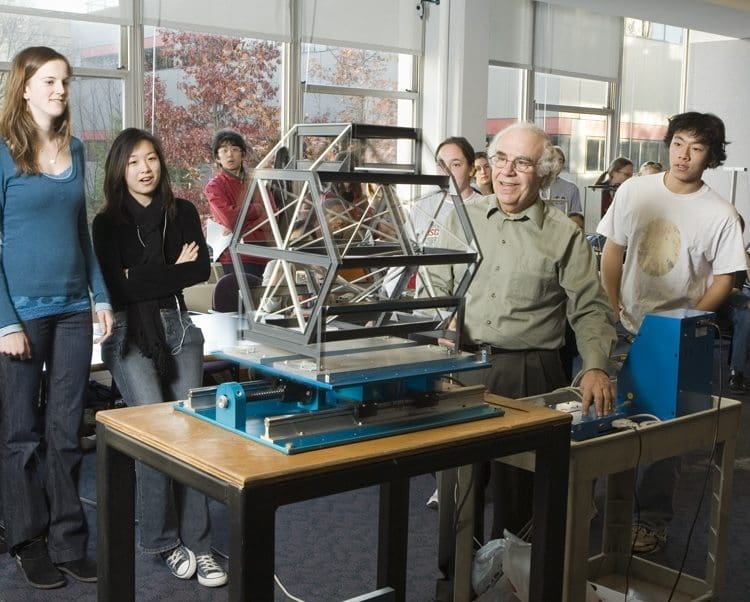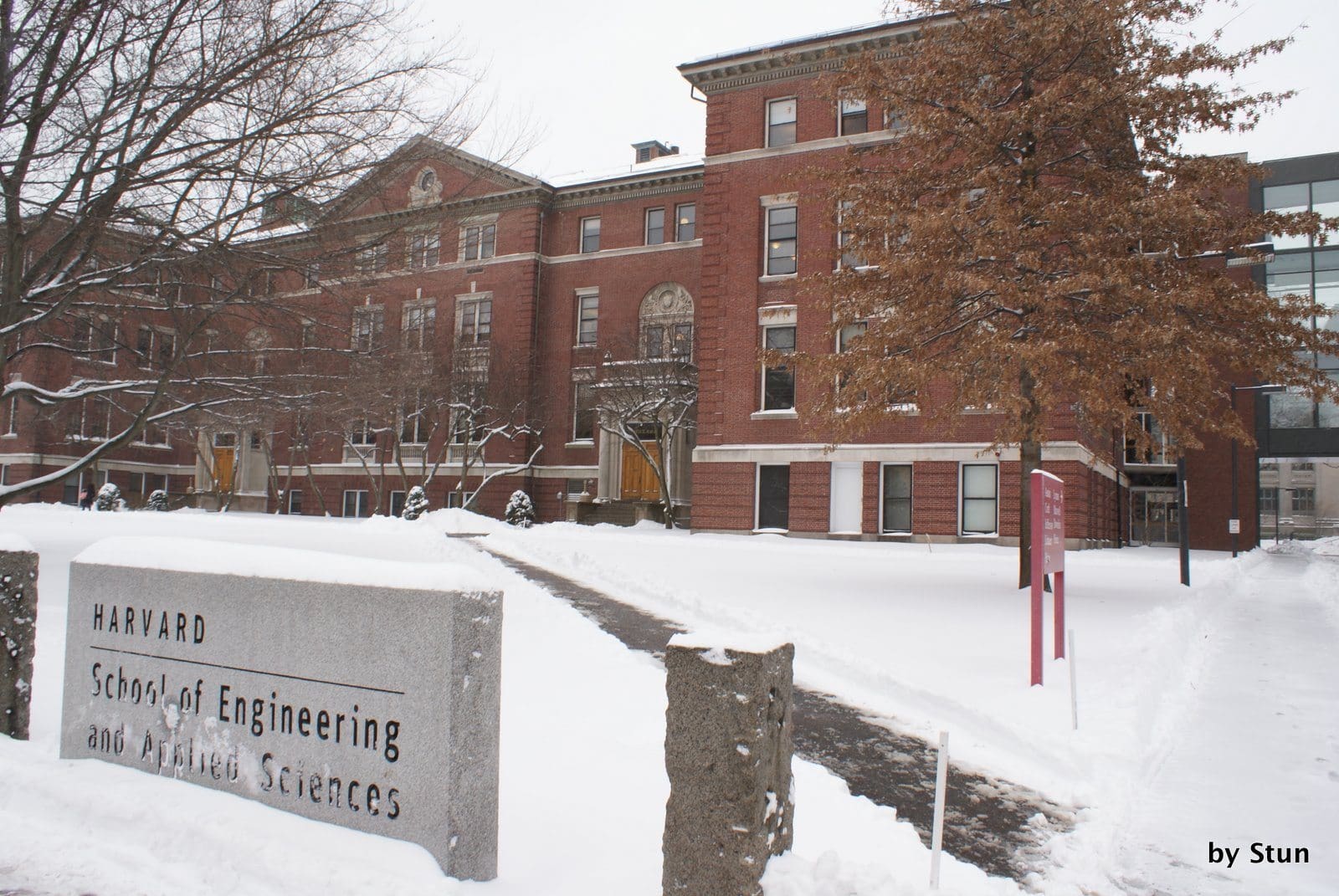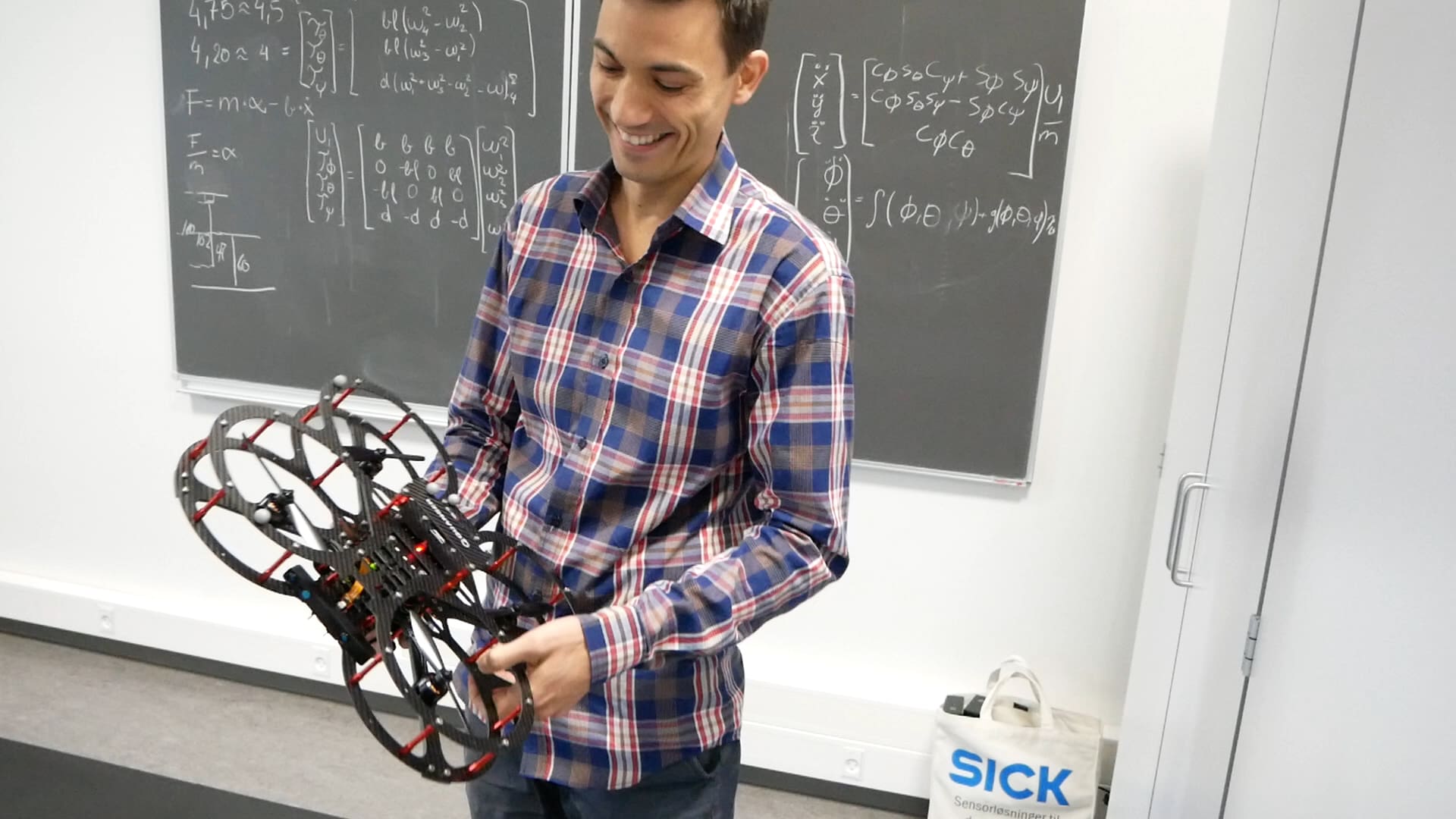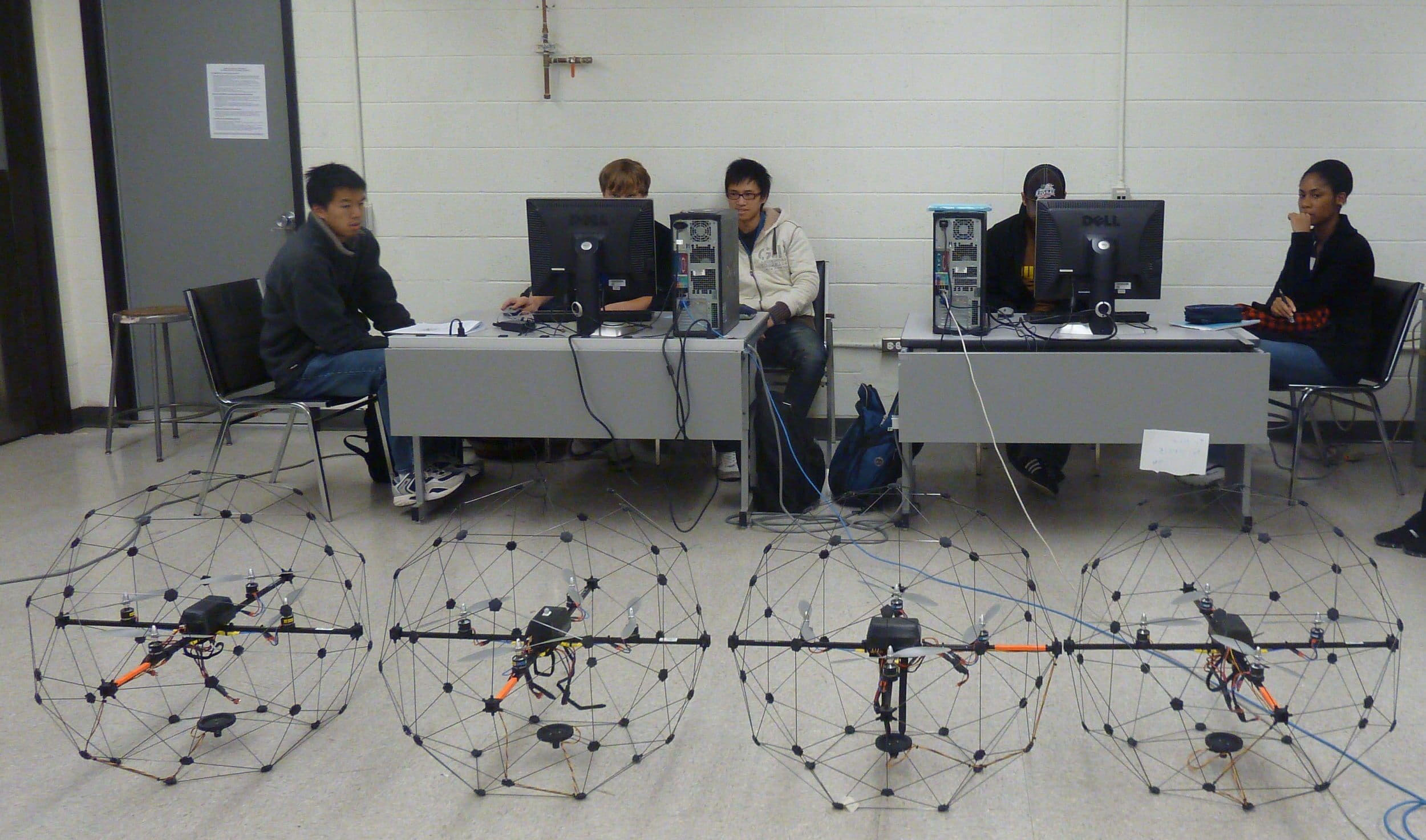
The first year of study for engineering students at Cornell University was all work and no play. “First semester freshmen are overloaded with homework, usually very abstract mathematics and physics,” said Dr. Anthony Ingraffea, Professor at the Cornell School of Civil and Environmental Engineering. He recognized that his students were immersed in theory and could benefit from a dose of practical application.
Challenge
Building a bridge between theory and reality
Preparing for the real world – where students will create structures with real costs and which must stand up to real conditions – seemed to require real-world experiments. Dr. Ingraffea sensed they would respond positively to the opportunity to build structures that must withstand earthquakes. That is, real experiments with a simulated earthquake experience. “They have all seen videos on YouTube and TV what an earthquake looks like, but very few of them have any experience and actually seen the response of a structure.”
Those were his undergrad students. But what also interested Ingraffea in earthquake experiences was the lack of real-world experience that some other students had. Work he did with a program called High Jump, for kids from underprivileged neighbourhoods, is what prompted him to act. “I wanted to engage in outreach activities and earthquake engineering, specifically targeting younger middle school students.” These younger students got him interested. But of course he also wanted something he could use, “in class demonstrations and projects in my courses at Cornell.”
Solution
Shake table - a device that simulates earthquakes
After doing some research online and consulting with professional contacts, Ingraffea contacted Quanser about their Shake Tables. It’s an earthquake simulator that literally shakes model structures.
“Quanser had already created it and the device was ideal.” We blush, but recognize there’s a reason for such high praise. Quanser built its Shake Table II in cooperation with UCIST, the University Consortium on Instructional Shake Tables. Since joining forces with Quanser, UCIST has grown from 23 member universities to over 100 worldwide, and UCIST now recommends the Shake Table II as a turnkey solution for teaching civil engineers.
The freshmen at Cornell were Ingraffea’s first reason for purchasing a Shake Table. “It has been very useful for five generations of freshmen.” And while the table simulates earthquakes, Ingraffea’s class simulates the real world. He uses the Shake Table when introducing structural dynamics, and he assigns students a hands-on project that requires teamwork. Teams must design and build models based on factors that include structural integrity theory and aesthetics but also costs and timelines.
“Then we have the big shake-off!” Teams proffer their completed models and predict how well they’ll perform on the Quanser Shake Table. “Then we shake them until the structure fails.” He adds optimistically, “If it fails.” The course, with its use of the Shake Table, is all very exciting for the freshmen, and miles away from those other hundreds of hours of abstract theory, mathematics and physics they face in their freshman year. As Ingraffea says, “it’s a simulated real-life experience for very young engineers.”
Result
Engagement and 90% retention of engineering students
We asked whether using the Shake Table motivates Ingraffea’s Cornell students to complete their engineering studies. “That’s what I say,” he smiles. But to be fair, “90 per cent of students who arrive to Engineering at Cornell get a degree in Engineering. We have very few students who fail.” On the other hand, he’s confident that the Shake Table has stimulated underprivileged students from the High Jump program to pursue an engineering degree and career. “Of course it would be wonderful … if six years later they show up at Cornell.”



